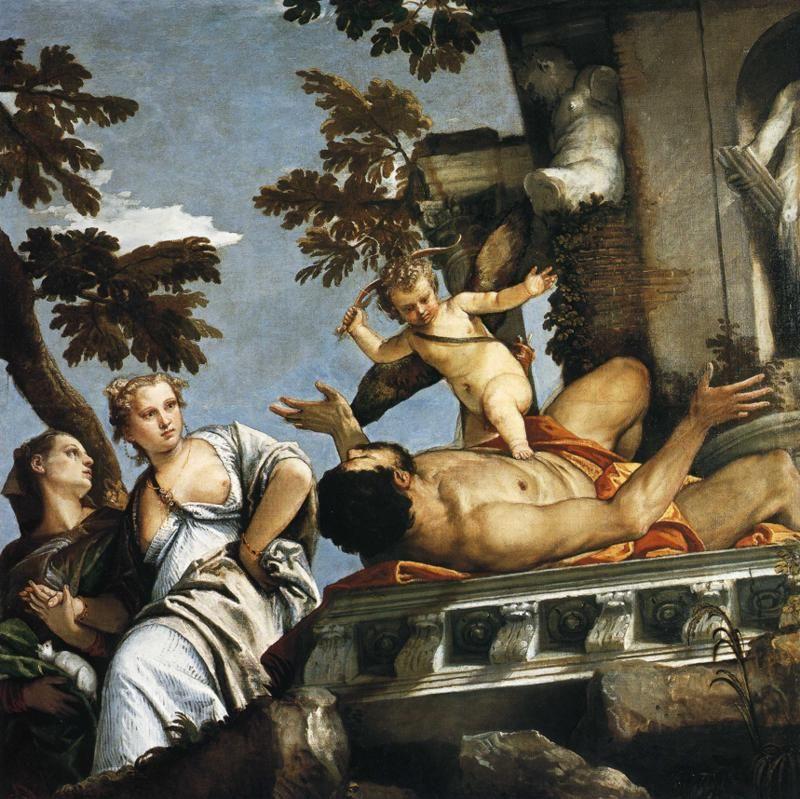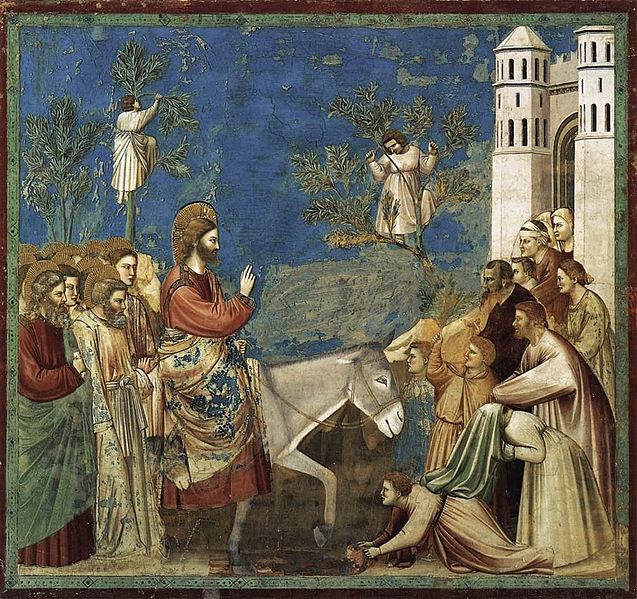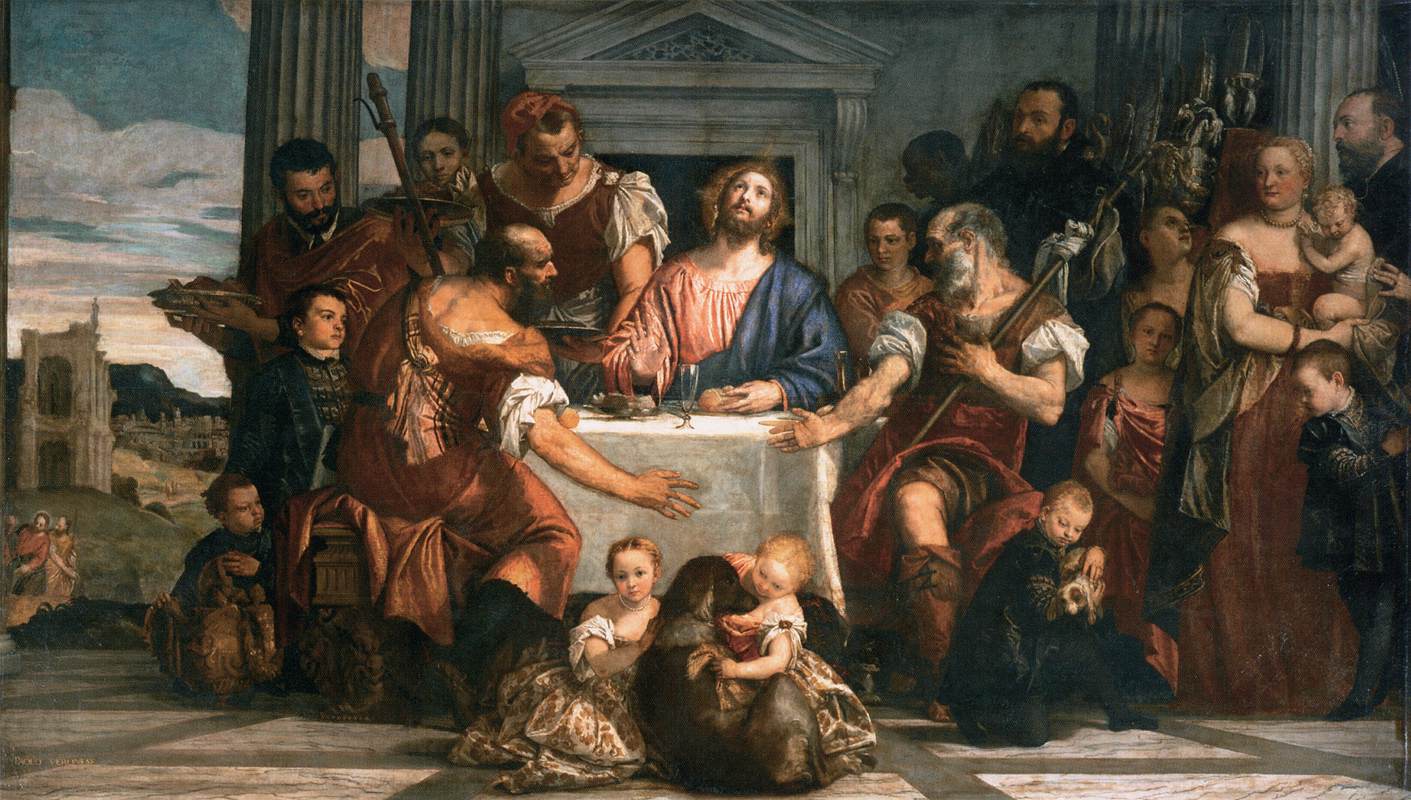.jpg) Reading Fugitive Pieces/Ann Michaels which comes highly recommended ... but is not gripping me. It seems crafted - over-researched and over-wrought - striving for effect.
Reading Fugitive Pieces/Ann Michaels which comes highly recommended ... but is not gripping me. It seems crafted - over-researched and over-wrought - striving for effect.Pleased to see an early mention of Edward Wilson who was with Scott as surgeon and naturalist on the Discovery and Terra Nova. He catalogued the journey and his discoveries by painting and drawing (having read Natural Sciences at Cambridge and studied medicine at St George's, London). His watercolours are highly skilled and scientifically accurate - precise colours reflecting atmospheric conditions.
Seeing precisely: back to Ruskin and his exhortations to the traveller to really look at what is around him.
Ruskin - admired greatly by Wilson - thought anyone was able to draw. It doesn't matter how well. Simply the attempt to describe - regardless of talent - is admirable. Drawing can teach you to see, not just look.
"There is a satisfactory and available power in everyone to learn drawing if he wishes, just as early all persons have the power of learning French, Latin or arithmetic, in a decent and useful degree."In Scott's Journals (May 1911) Wilson himself entertained the party with a lecture on sketching.
"He started by explaining his methods of rough sketch and written colour record, and explained its suitability to this climate as opposed to coloured chalks etc - a very practical method for cold fingers an one that becomes more accurate with practice in observation. His theme then became the extreme importance of accuracy, his mode of expression and explanation frankly Ruskinesque. Don't put in meaningless lines - every line should be from observation. So with contrast of light and shade- find shading subtle distinction, everything - impossible, without care, patience and trained attention."
'Don't put in meaningless lines': today's 'Thought for the Day'.
Scott closes the diary entry that day with a few words of praise....:
"The lecture was delivered in the author's usual modest strain, but unconsciously it was expressive of himself and his whole-hearted thoroughness. He stands very high in the scale of human beings - how high I scarcely knew until the experience of the past few months. ....
The achievement of a great result by patient work is the best possible object-lesson for struggling humanity, for the results of genius, however admirable, can rarely be instructive. The chief of the Scientific Staff sets an example which is more potent than any other factor in attaining that bond of good fellowship which is the marked and beneficent characteristic of our community."



_-_WGA22518.jpg&container=blogger&gadget=a&rewriteMime=image%2F*)


.jpg)






_-_WGA24957.jpg)











.jpg)

=+twoa.jpg)

.jpg)






